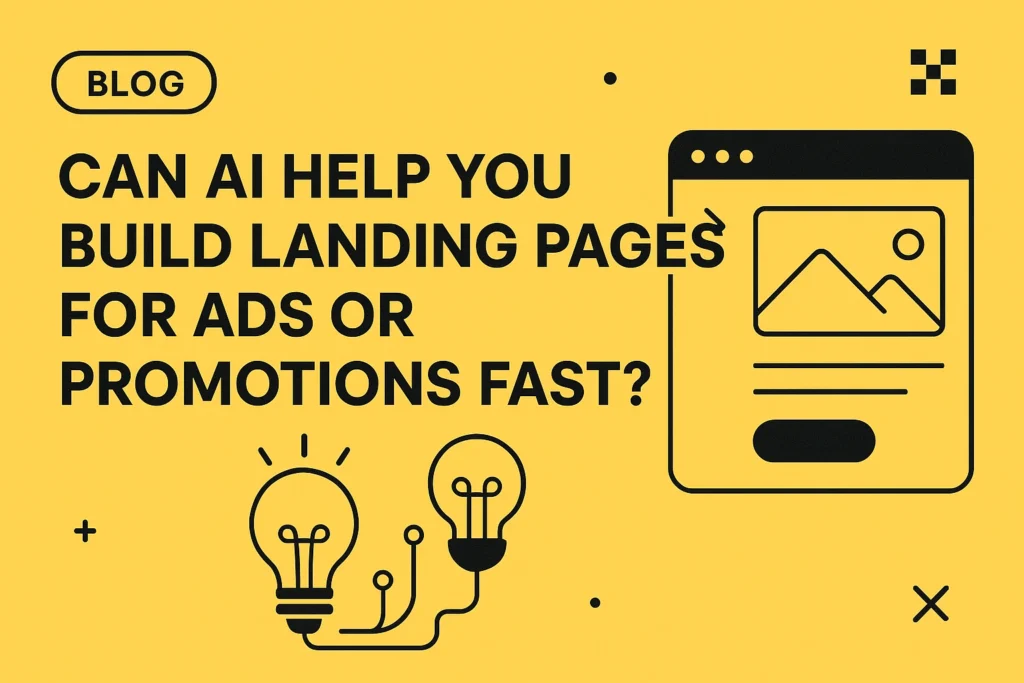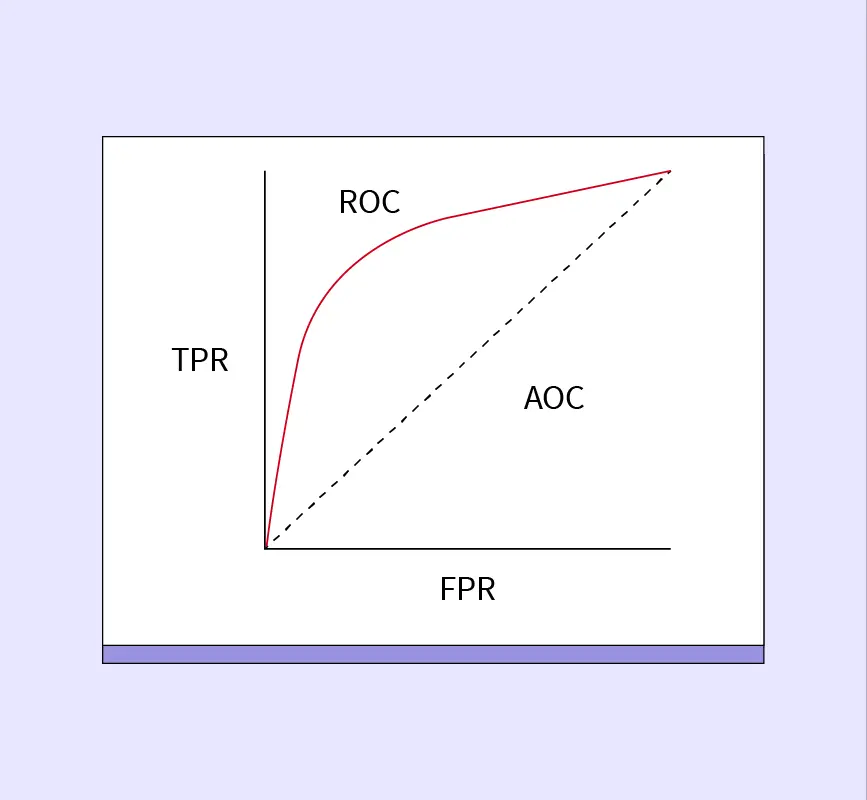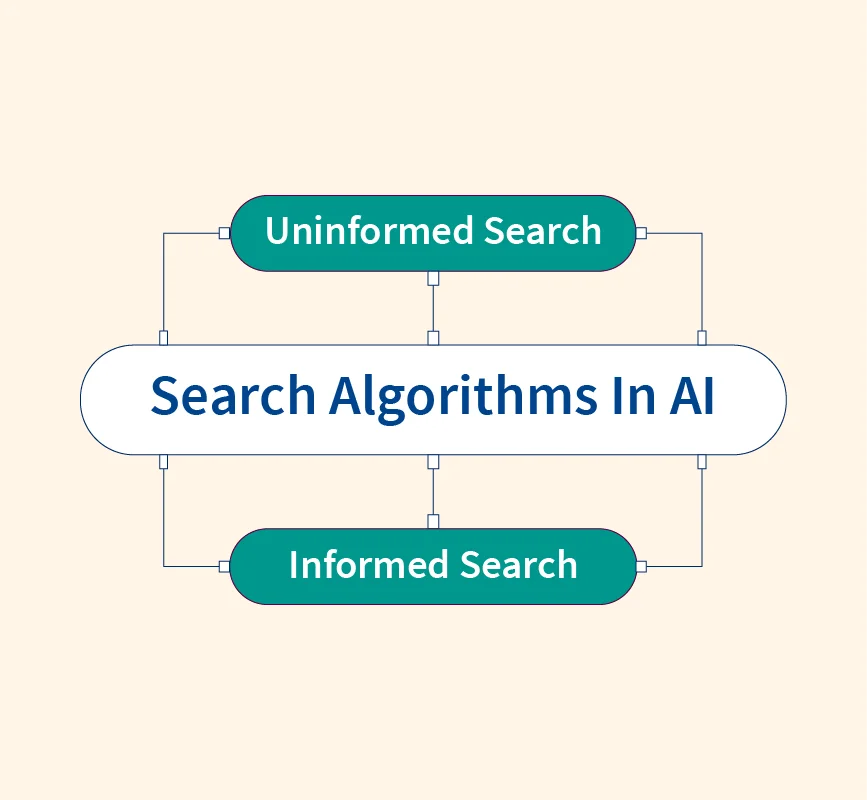Wumpus World is a 4×4 grid-based environment commonly used in artificial intelligence to study logical reasoning, decision-making, and intelligent agent behavior. It serves as a testbed for AI models that operate in partially observable environments, where agents must navigate using limited information and inference.
Wumpus World is widely used to demonstrate how intelligent agents process incomplete data, apply logical reasoning, and make strategic decisions. It helps in understanding key AI concepts such as:
- Knowledge representation: Storing and using information about the environment.
- Inference and logical deduction: Drawing conclusions from observations.
- Planning and decision-making: Choosing the best action based on available data.
The agent’s main goal is to find gold and exit the grid safely, avoiding hazards along the way. The environment contains:
- Pits: Deadly traps that cause the agent to fall and lose.
- Wumpus: A dangerous creature that eliminates the agent upon direct contact.
- Gold: The primary objective, which must be collected before exiting.
- Walls: Boundaries that limit movement within the grid.
Static vs. Dynamic Wumpus
- Static Wumpus: The Wumpus remains in a fixed location, making it easier to avoid.
- Dynamic Wumpus: The Wumpus moves unpredictably, increasing complexity.
In basic AI simulations, Wumpus World is typically static, allowing agents to focus on logical inference and strategic exploration. It provides a foundational framework for developing AI models that reason under uncertainty and make optimal decisions based on limited perception.
PEAS Description of Wumpus World
The PEAS (Performance, Environment, Actuators, Sensors) framework defines the characteristics and functionality of AI agents in specific environments. In Wumpus World, it describes how the agent perceives, interacts, and makes decisions within the grid-based environment.
1. Performance Measures
The agent’s objective is to maximize rewards and minimize penalties while navigating the Wumpus World.
- Maximize rewards: Successfully collecting gold and exiting safely increases the agent’s score.
- Minimize penalties: The agent loses points for falling into pits, encountering the Wumpus, or using unnecessary actions like shooting arrows.
2. Environment
Wumpus World consists of a 4×4 grid, where the agent must navigate based on limited perceptual clues.
- Obstacles and hazards: The environment contains pits, the Wumpus, and gold, which influence movement decisions.
- Partially observable: The agent has limited visibility and must infer danger from indirect clues.
- Sequential decision-making: The agent must plan movements strategically based on previous observations.
3. Actuators
Actuators define the agent’s possible actions within the environment. The agent can perform:
- Move Left, Right, or Forward to explore new grid cells.
- Grab to collect gold.
- Shoot an arrow to eliminate the Wumpus.
4. Sensors
Sensors allow the agent to perceive clues from the environment:
- Breeze: Signals a pit is nearby.
- Stench: Indicates the Wumpus is in an adjacent cell.
- Glitter: Detects gold in the current cell.
By using PEAS-based reasoning, the AI agent processes sensory inputs, evaluates risks, and makes optimal moves to achieve its goal efficiently.
Key Properties of Wumpus World
Wumpus World has distinct characteristics that define how the agent interacts with the environment and makes decisions. These properties influence the agent’s strategy, perception, and movement.
- Partially Observable: The agent does not have full visibility of the grid; instead, it perceives clues (breeze, stench, glitter) from adjacent cells. It must infer hidden dangers using logical reasoning.
- Deterministic: The environment follows fixed rules, meaning that the agent’s actions have predictable outcomes. If the agent moves forward, it will land in the expected cell unless an obstacle prevents it.
- Static: The Wumpus and pits remain stationary throughout the game, making it easier for the agent to map hazards and plan movements. Unlike dynamic environments, the agent does not need to adapt to moving threats.
- Discrete: The environment consists of a 4×4 grid with distinct cells, where the agent moves step by step. Unlike continuous environments, actions are limited to specific choices within defined spaces.
Exploring the Wumpus World
An AI agent in Wumpus World navigates the environment step by step, making decisions based on perceived clues. Below is a scenario demonstrating its logical reasoning and movement strategy.
- Starting Position: The agent begins at (1,1) with no perceptual clues, so it moves forward.
- Encountering a Breeze: At (1,2), the agent senses a breeze, indicating a nearby pit. It avoids risky moves and considers an alternative path.
- Sensing a Stench: Moving to (2,1), the agent perceives a stench, signaling the Wumpus is in an adjacent cell.
- Logical Deduction: The agent infers that (2,2) or (3,1) might contain the Wumpus, so it avoids them.
- Finding Gold: Exploring further, the agent reaches (3,2) and notices a glitter, confirming gold is present. It grabs the gold.
- Exiting Safely: The agent retraces its safe path back to (1,1) to exit successfully.
This example highlights how the agent processes limited sensory inputs, applies logical reasoning, and makes optimal decisions to achieve its goal while avoiding dangers.
References:


